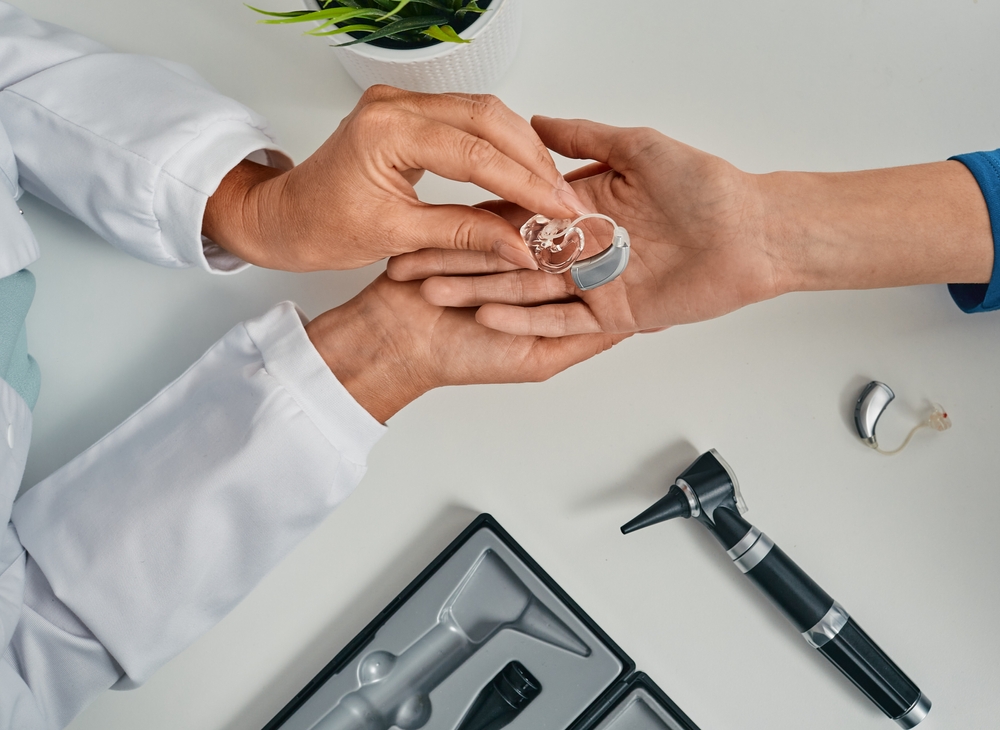
Hearing aids play a vital role in enhancing sound clarity and enhancing daily communication. For optimal performance, it’s essential to schedule routine upkeep and periodic professional cleaning sessions. As a result of prolonged use, a buildup of earwax, moisture, and other particles can happen, causing functionality to decline. Identifying when to seek professional servicing can help extend the lifespan of your hearing aids and maintain optimum performance.
Why it’s important to have your hearing aids professionally cleaned
Even with consistent at-home care, hearing aids progressively collect accumulation that might affect sound quality and performance. Routine servicing provides a number of advantages:
- Extensive Sanitizing– Thoroughly eradicates stubborn earwax, dust, and moisture that routine cleaning techniques often miss.
- Enhanced Performance– Clears obstructions that can cause muffled sound or distortion.
- Increased Longevity – Helps to prevent early deterioration, thereby reducing the necessity for repairs or replacements.
Regular professional cleanings keep your hearing aids functioning effectively, minimizing the risk of unexpected malfunctions.
Indications that your hearing aids require professional maintenance
Not sure if your device is due for a deep clean by a pro? Look out for these obvious indicators that it’s time to call in the experts:
- Muffled or Distorted Sound Quality: If speech and environmental sounds seem muffled, weak, or distorted, it may be due to wax or debris obstructing the microphone or speaker.
- Continuous Feedback or Squealing: A squealing noise at a high pitch (feedback) could suggest a blockage from earwax or a poorly device. A professional cleaning can help eliminate blockages and refine the fit.
- Addressing Volume Issues: When volume changes fail to yield the anticipated outcome, it might be necessary to perform maintenance on internal components or recalibrate the system’s software settings.
- High humidity can impact the device’s internal components, causing sporadic audio disruptions or faulty button control. A professional repair professional can assess and address any moisture-related issues.
- Visible Wax or Dirt Build-up: If you notice a considerable accumulation of wax or debris on your hearing aids, professional cleaning ensures a more complete clearing than at-home care.
- Use precision tools to remove wax, dirt, and moisture without damaging fragile parts.
- Confirm the proper functioning by inspecting and fixing any broken parts.
- Check software and hardware for any performance problems impacting sound quality.
- Replace deteriorated filters or tubing that might be limiting device performance.
- General maintenance should be carried out every 3 to 6 months.
- Routine cleanings are recommended for people who tend to produce a lot of earwax or reside in areas with high humidity, as these conditions can intensify wax accumulation.
- Dealing with small issues promptly can help steer clear of expensive repairs down the road.
What to expect in the course of a professional hearing aid cleaning
A professional cleaning appointment goes past standard upkeep and ensures your devices function efficiently. Here a few things your hearing specialist will accomplish during a cleaning:
What is the recommended time frame for scheduling professional maintenance?
The frequency of professional cleanings relies on factors including earwax production, moisture levels, and usage habits. Basic recommendations include:
Maintain your hearing aids for ideal performance
Routine professional upkeep is essential for preserving your hearing aids and ensuring clear, high-quality sound.
If you’re experiencing muffled audio, feedback, or functionality issues, it may be time to set up a professional cleaning.
Book an appointment for your hearing aid cleaning and maintenance now.
